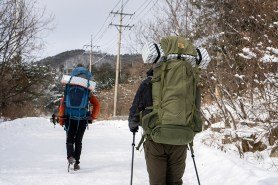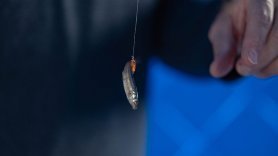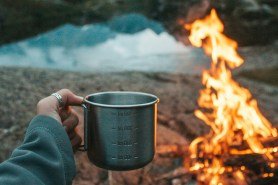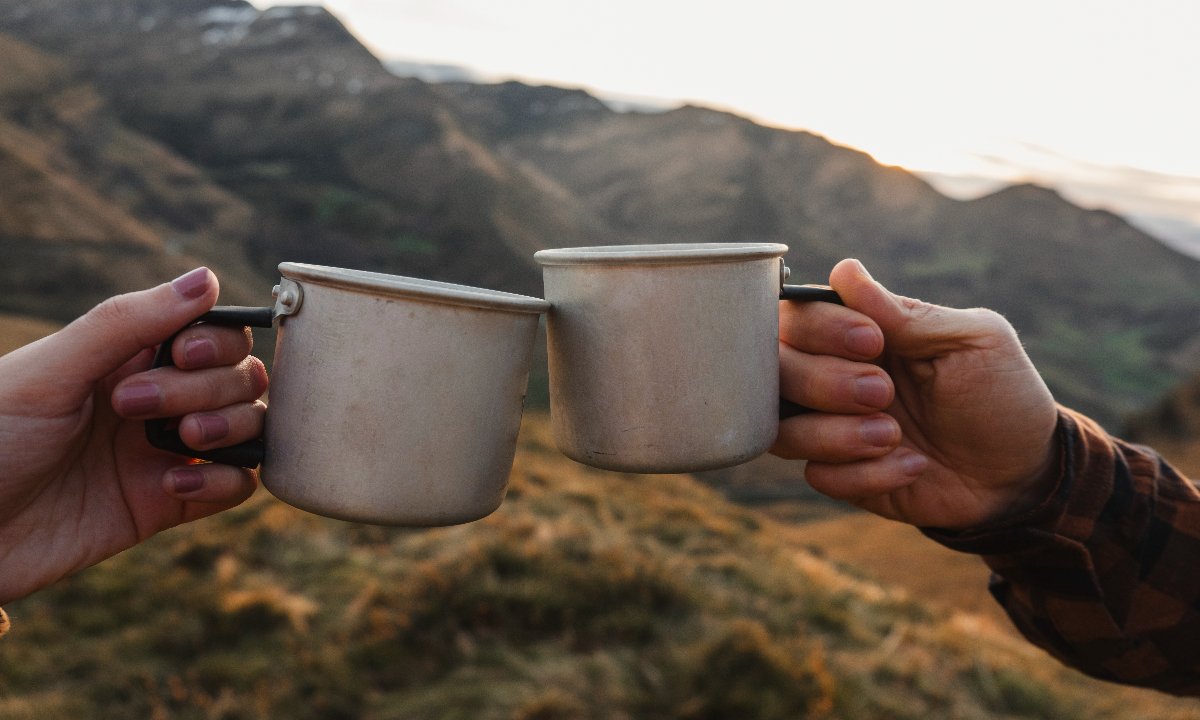

Whether you’re taking on a long thru-hike or a short backpacking trip, you’re going to have to think about your diet. Your appetite will become unquenchable, your dietary needs will shift, and your tastes will change as you go. Food choices on your thru-hike almost become a Catch-22, because you’ve never been hungrier, but you can’t imagine taking another bite of the same old granola you’ve been munching on for the last 200 miles. I’ll take you through some dietary conventions for thru-hikers and guide you on which food options may or may not be worth your time.
The Thru-Hiker’s Breakfast Problem
On a thru-hike, the effort it takes to set up your camp stove in the morning and heat up breakfast is often too much to ask. Some folks will still make hot coffee, but just as often you’ll see hikers pouring instant coffee into their bottles of cold water. Likewise, they might pour cold water into an instant oatmeal packet and grit their teeth through that culinary experience. If you can get used to these habits, good for you.
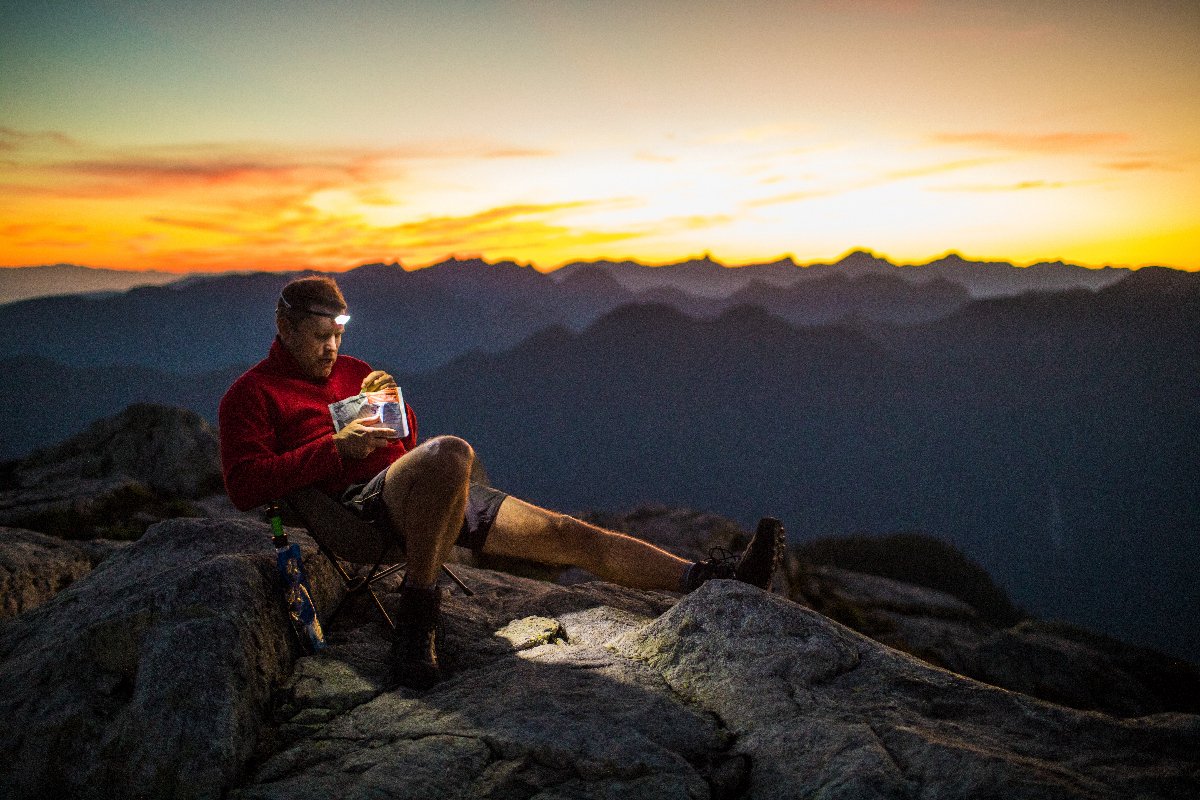
The point, though, is that unless you’re willing to get up extra early and cook, you should plan on a cold breakfast. Pop-Tarts are a common choice, though a little sugary for the early morning. Bagels and some form of spread are a great call, in my experience. Granola bars, if you’re not sick of them yet, help you get up and go. I’d advise trying to incorporate some nuts in the morning too, for protein, fats, and to help you feel full. Frankly, cold mornings when thru-hiking can be so miserable that you may never enjoy breakfast. I have yet to truly solve this problem.
Snacks on Snacks on Snacks
What happens, then, is breakfast just becomes an extension of snacking. Thru-hikers like to joke that they just snack all day until dinner, and that’s not entirely untrue. Everything in your pack that isn’t dinner is a snack. Day to day, you’re either walking, snacking, or sleeping. So what kind of snacks should you bring?
Bars
You probably already have your favorites. Clif bars, Luna bars, Nature Valley bars, and more are all staples for backpacking diets, and for good reason. The thing is, over a longer thru-hike, you’ll get sick of your favorites and have to find new options. Try to get ahead of this by varying your granola bar selection from the start. Try new flavors and new brands. After 4,000 miles, I can’t stomach Nature Valley protein bars anymore, but Taos Bakes is a smaller, favorite brand of mine.
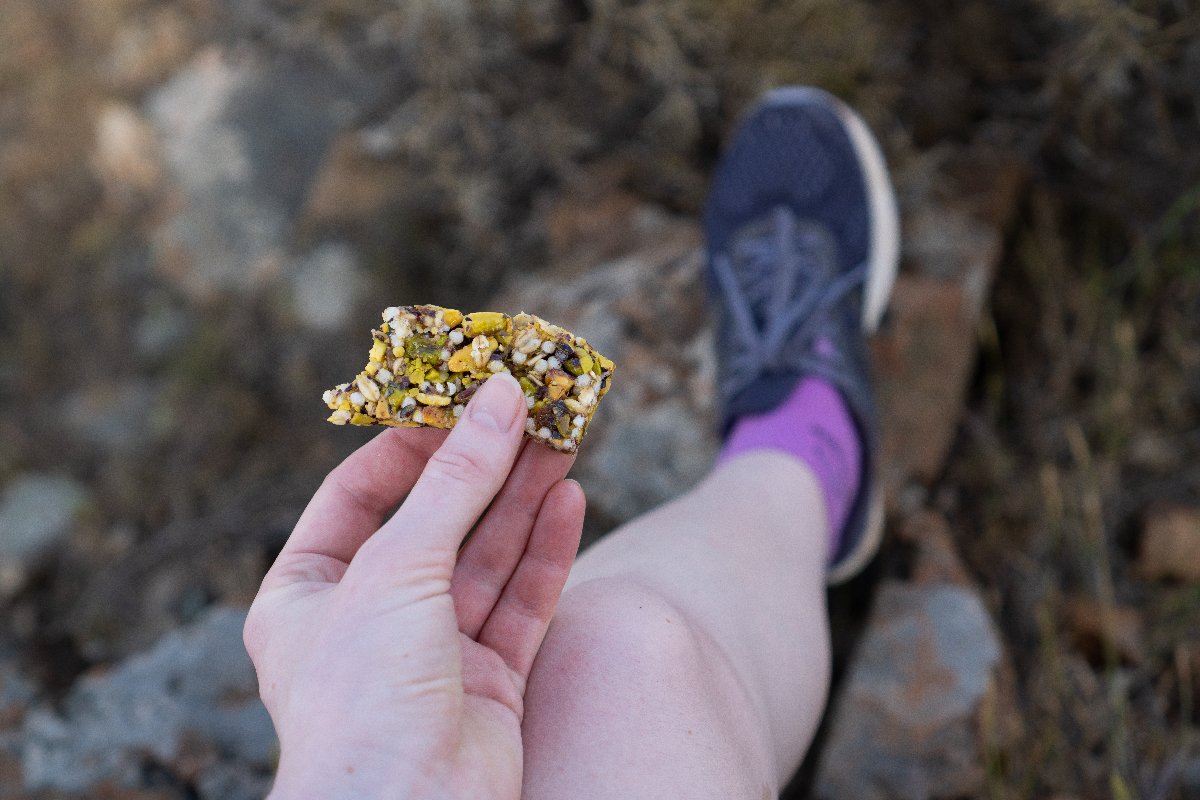
The Savory
In desert sections, a salty snack is actually vital. Bring out chips of some kind to replenish your sodium levels and avoid those nasty cramps. Nuts are a great choice for backpacking and thru-hiking food, because they’re so high in fat. Packing out summer sausage is another great way to get fat and protein content and is a beautiful addition to a lunch wrap. In fact, if you’re the kind of hiker who wants a more well-defined lunch, packing out some tortillas with which to make wraps is a great call. Crush up some chips, add a shelf-stable packet of chicken or tuna, and if you’re up for the weight, pack out your sauce of choice.
The Sweet
Speaking of tortillas, spreading some peanut butter and nutella on those bad boys is another thru-hiking staple. That’s another great source of fat content. Beyond that, you can feel free to embrace the sugary side of life more than you would otherwise. One thru-hiker I know calls it the “Lil’ Debbie Diet.” With all of thru-hiking’s strenuous exercise, there’s not really such a thing as empty calories. However, if you lean too hard into the sugar, you’re not going to feel great. Some natural sugar in the form of fruit pouches is a great middle ground.
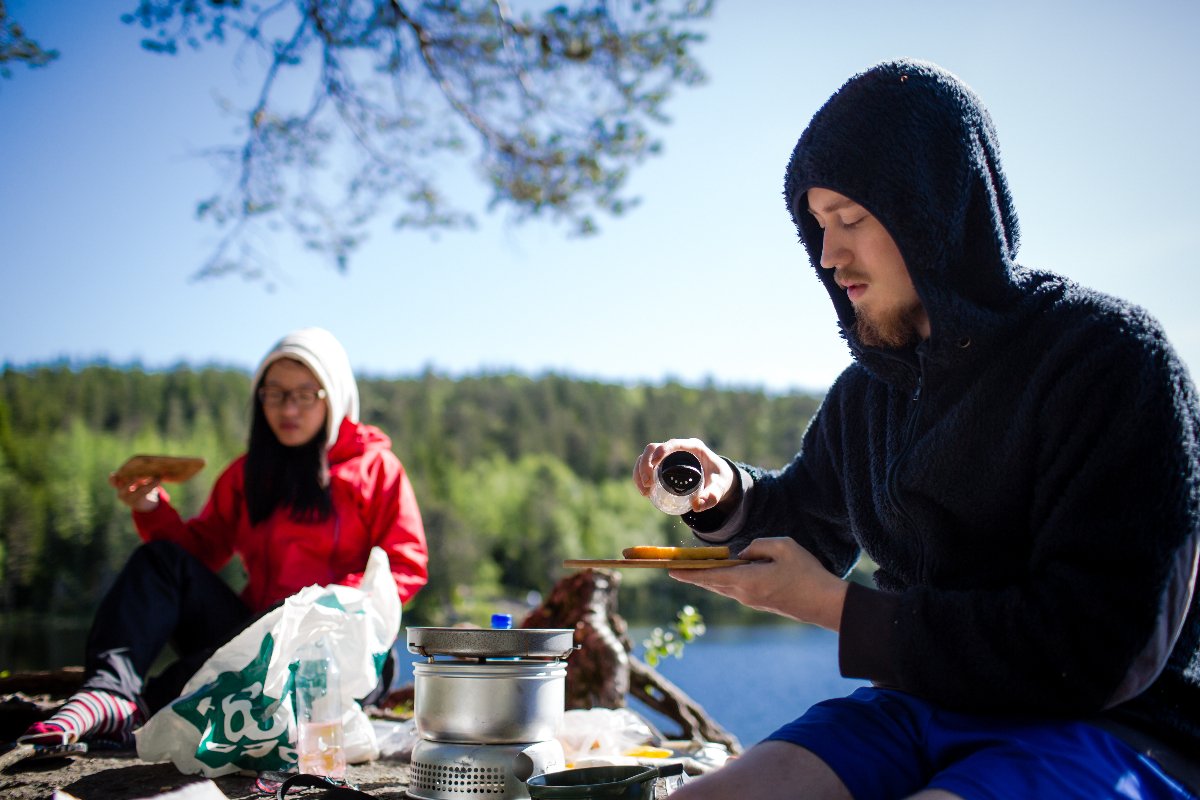
Nutritional Considerations
I keep mentioning fat content in these foods, and that’s because high-quality fats should be a priority for you in your thru-hiking diet. Essentially, fats give your body quick, efficient energy. There are plenty of great guides out there for you to dig into for more information. It’s hard to stay up on your fruit and vegetable intake while thru-hiking, so be sure to take full advantage of healthy food sources when you get into town. Vitamins and minerals are something to keep an eye on too, because those levels can get low over the course of a longer thru-hike. It may be a good idea to supplement those with multivitamins, nutritional yeast, or some similar source.
Dinner While Thru-Hiking
Here’s another meal that you’ll want to vary as you go. Don’t plan to eat the same dinners every night over the course of your thru-hike. On shorter trips, you may be able to afford the convenient, just-add-water backpacking meals. More budget-conscious thru-hikers will get a lot of mileage out of Knorr sides, dehydrated mashed potatoes, and mac ‘n’ cheese. There’s also a lot of delicious new brands coming out with complete dehydrated meals, such as Trailtopia, Pinnacle Foods, RightOnTrek Meals, Itacate, Heather’s Choice, and more. The important thing to remember is that you should end your day with a big dose of carbs, allowing your body to refill its glycogen stores overnight.

Experiment Away
Hopefully this has helped you build a rough idea of what your diet may look like on your next backpacking trip or thru-hike. I really can’t stress it enough: stay flexible. Leave space for your tastes to change, and allow yourself to pivot. If you’re feeling really fatigued while you’re out hiking, the first thing to adjust will probably be your diet. Dial your choices in until you can fill up your food bag and leave town excited for what’s to come.


